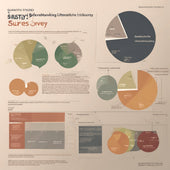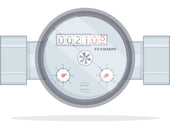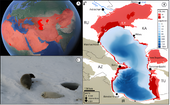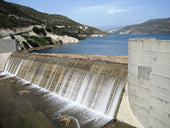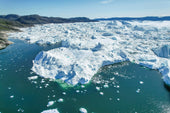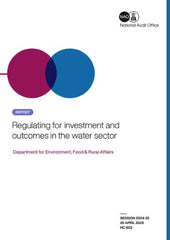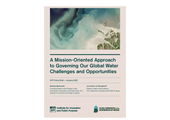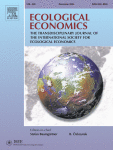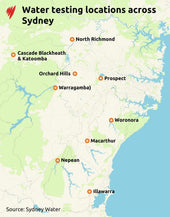
Copernicus warns as temperatures continue to break records - warmest March in Europe and lowest-ever Arctic winter sea ice
The Copernicus Climate Change Service (C3S) is reporting the warmest March in Europe and lowest Arctic winter sea ice in its latest monthly climate bulletin reporting on the changes observed in global surface air and sea temperatures, sea ice cover and hydrological variables.

Most of the reported findings from C3S, which is implemented by the European Centre for Medium-Range Weather Forecasts (ECMWF) are based on the ERA5 reanalysis dataset, using billions of measurements from satellites, ships, aircraft and weather stations around the world.
March 2025 was the second-warmest March globally, with an average ERA5 surface air temperature of 14.06°C, 0.65°C above the 1991-2020 average and 1.60°C above the pre-industrial level for March. March 2025 was also the 20th month in the last 21 months for which the global-average surface air temperature was more than 1.5°C above the pre-industrial level. *
The 12-month period of April 2024 – March 2025 was 0.71°C above the 1991-2020 average, and 1.59°C above the pre-industrial level.
According to Samantha Burgess, Strategic Lead for Climate at ECMWF:
"March 2025 was the warmest March for Europe highlighting once again how temperatures are continuing to break records. It was also a month with contrasting rainfall extremes across Europe with many areas experiencing their driest March on record and others their wettest March on record for at least the past 47 years.”
Europe and other regions
The average temperature over European land for March 2025 was 6.03°C, 2.41°C above the 1991-2020 average for March, making it the warmest March for Europe
Temperatures were predominantly above average across Europe, while outside Europe, temperatures were most above average over large parts of the Arctic, in particular over the Canadian Archipelago and Baffin Bay. They were also above average over the United States, Mexico, parts of Asia, and Australia.
The average sea surface temperature (SST) for March 2025 over 60°S–60°N was 20.96°C, the second-highest value on record for the month, 0.12°C below the March 2024 record.
SSTs remained unusually high in many ocean basins and seas. Some seas, such as the Mediterranean Sea and the northeast North Atlantic, also saw larger record-breaking areas than last month.
Arctic sea ice reaches record lowest ever monthly extent for March
Arctic sea ice reached its lowest monthly extent for March in the 47-year satellite record, at 6% below average. This marks the fourth consecutive month in which the sea ice extent has set a record low for the time of year.
As Arctic sea ice also reached its annual maximum extent in March, the month marked the lowest annual maximum ever recorded for the region.
In the Arctic region, sea ice concentrations were below average in most ocean sectors outside the central Arctic Ocean, particularly in the Barents Sea and Sea of Okhotsk.
Antarctic sea ice recorded its fourth lowest monthly extent for March, at 24% below average.
In the Antarctic region, sea ice concentrations were below average in most ocean sectors, with the exception of the western Weddell Sea.
ECMWF is a key player in Copernicus, the Earth Observation component of the European Union’s Space programme. The ECMWF is both a research institute and a 24/7 operational service - it operates a world-class supercomputer facility for weather forecasting and holds one of the largest meteorological data archives.


